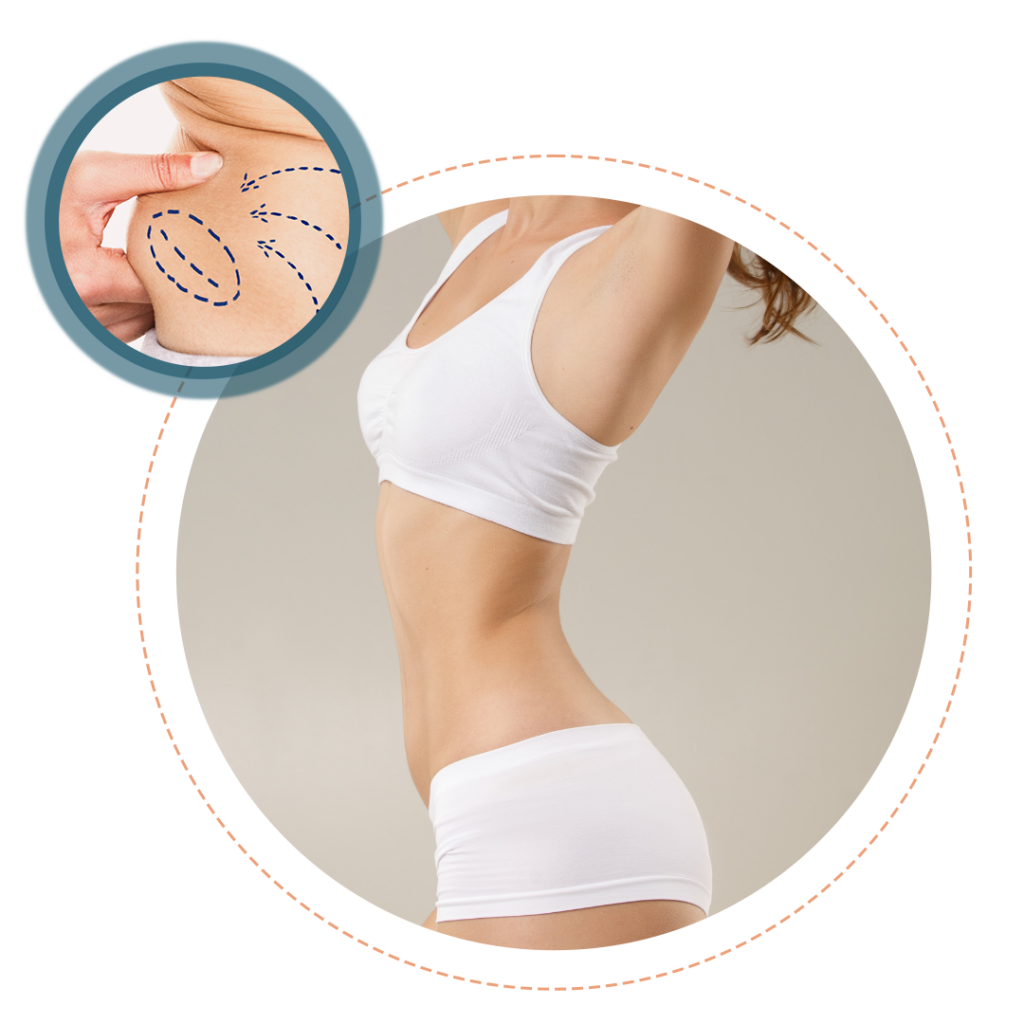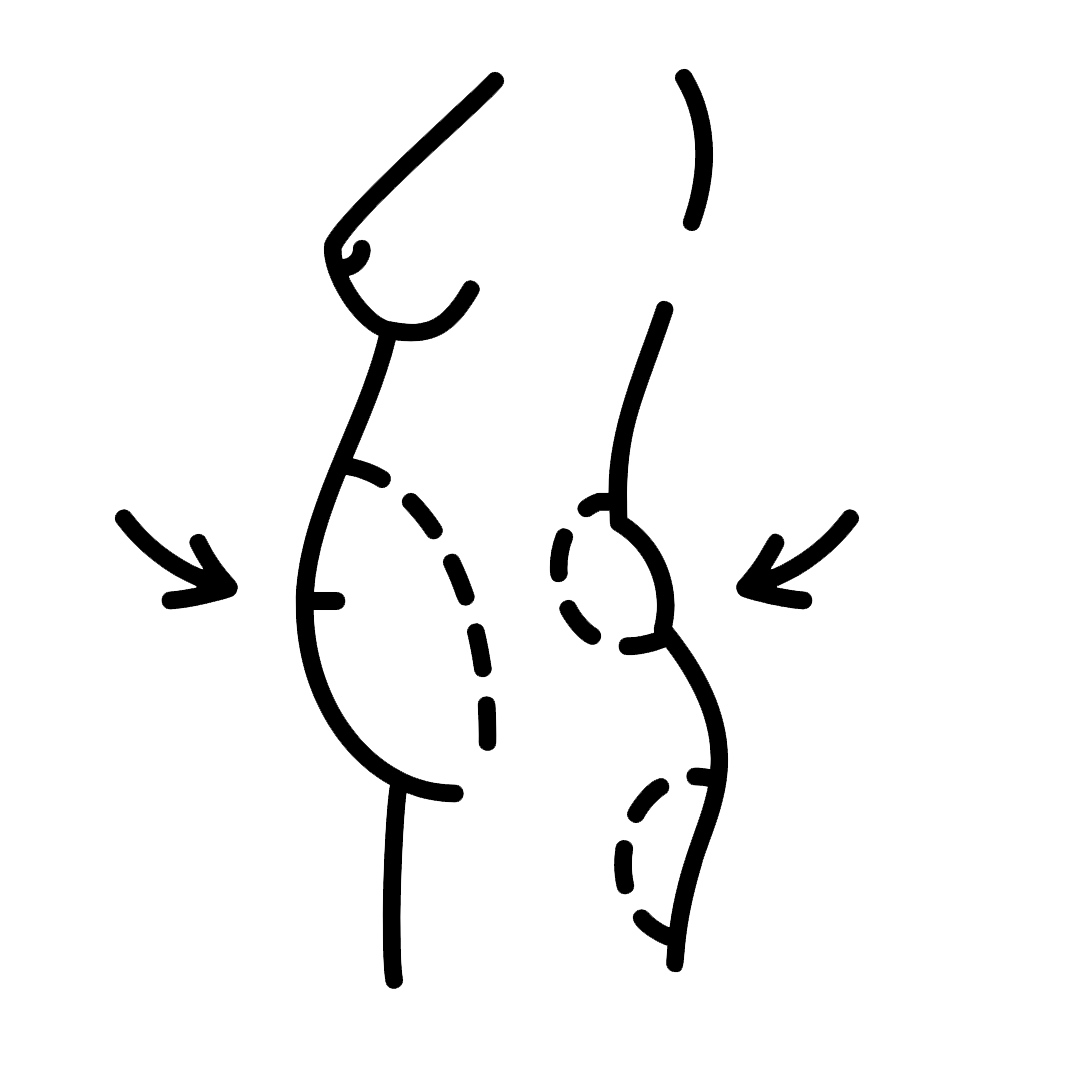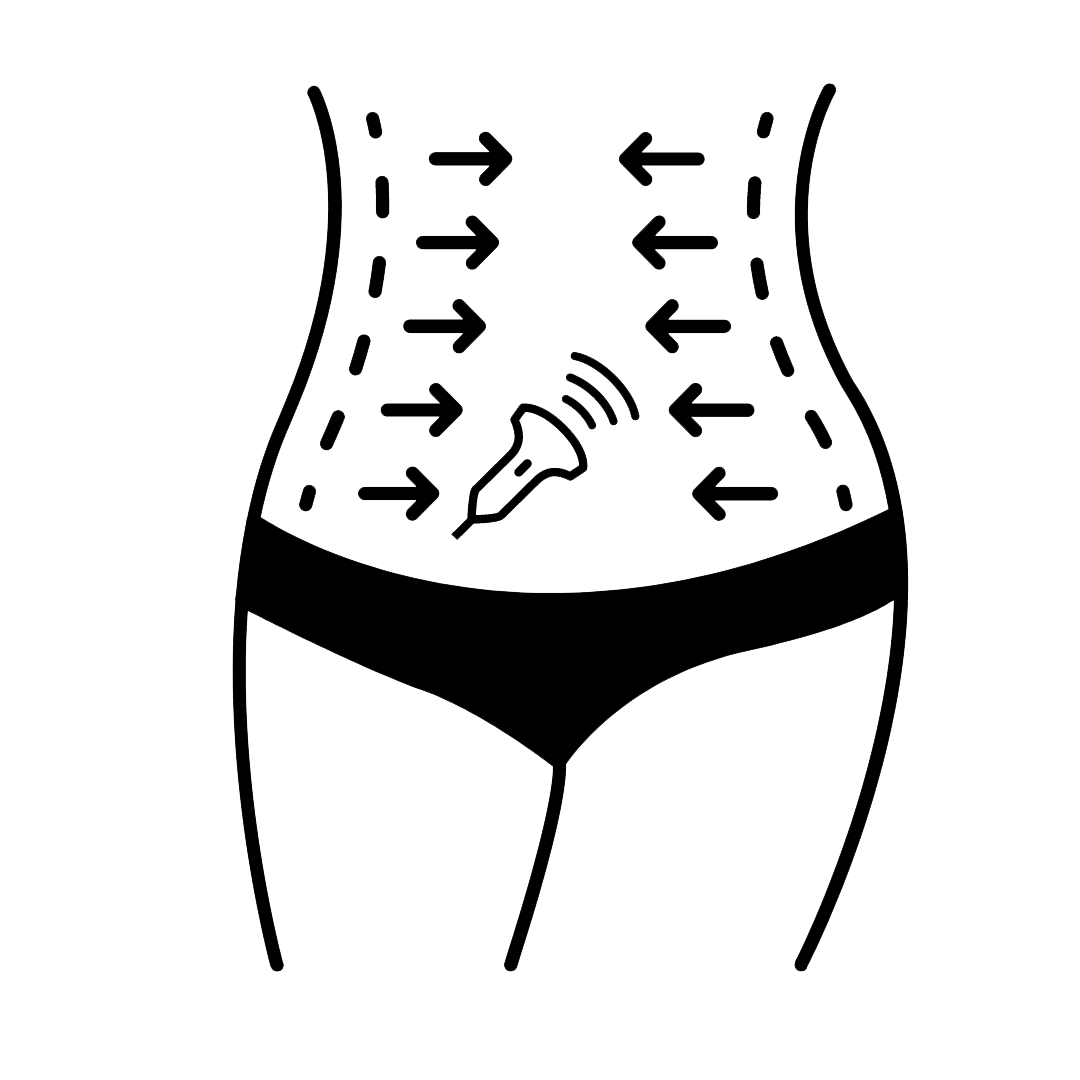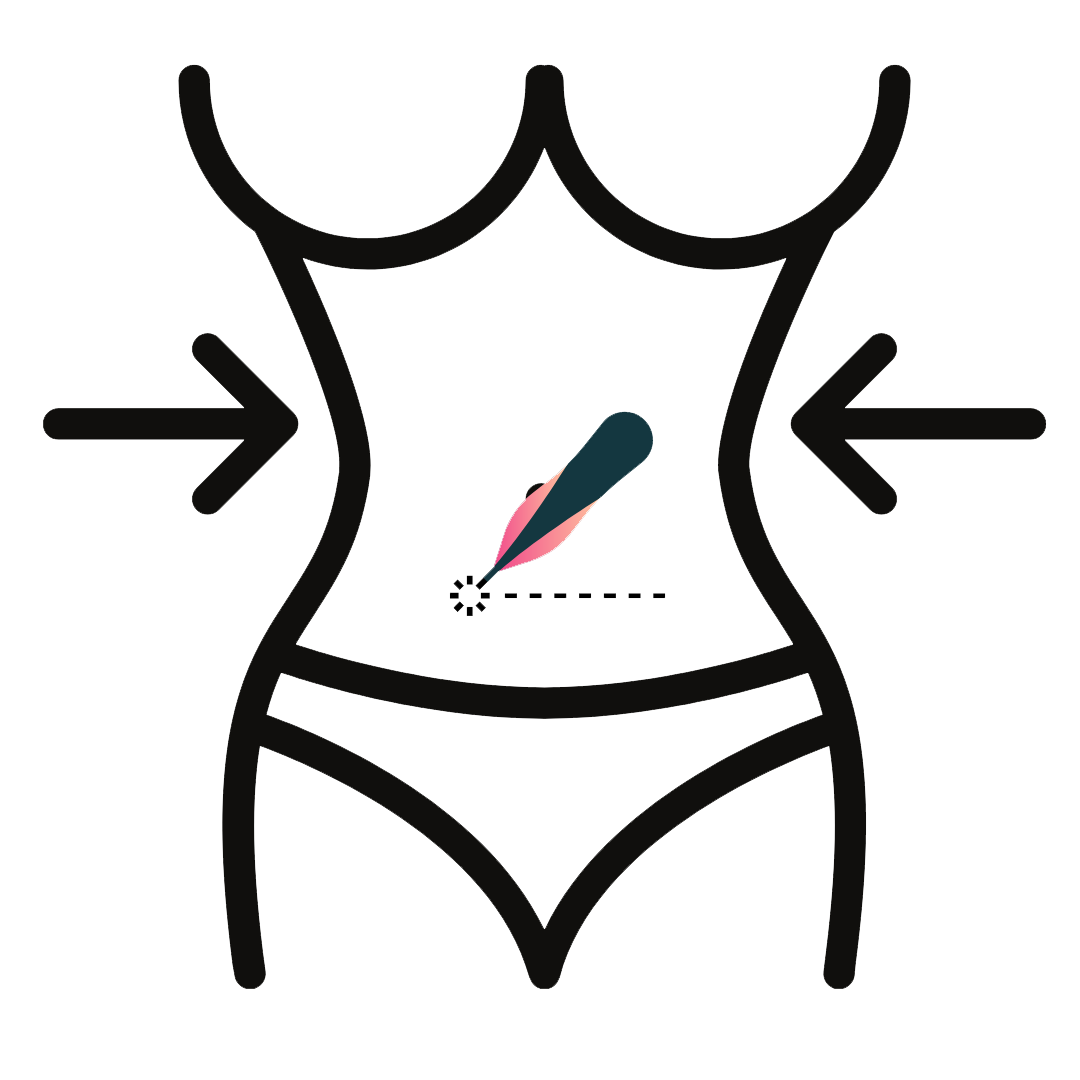
What is Liposuction?
Overview Liposuction surgery, commonly known as Liposuction, is a cosmetic procedure aimed at removing excess fat deposits from various parts of the body. It is performed to contour and reshape areas that have not responded well to diet and exercise. This procedure is popular for targeting stubborn fat in the abdomen, thighs, hips, arms, and neck. Liposuction can significantly enhance body proportions and boost self-confidence. The surgery involves using a suction technique to extract fat cells, providing a more sculpted and aesthetically pleasing appearance.
Causes The need for liposuction arises from factors such as genetics, lifestyle, and certain medical conditions. Despite a healthy diet and regular exercise, some individuals may still struggle with localized fat deposits due to hereditary factors. Additionally, hormonal changes, aging, and weight fluctuations can contribute to the accumulation of stubborn fat in specific areas of the body. Liposuction offers a solution to these challenges by effectively removing unwanted fat and refining body contours.
Solutions Liposuction addresses the causes of stubborn fat by physically removing fat cells from the targeted areas. This procedure is highly effective for contouring and reshaping the body, as it eliminates fat that is resistant to traditional weight loss methods. Liposuction can be performed using various techniques, including tumescent liposuction, ultrasound-assisted liposuction, and laser-assisted liposuction. Each method is designed to enhance precision, reduce recovery time, and improve overall results, helping patients achieve their desired body shape and appearance.
Types of Treatments

Tumescent Liposuction
Tumescent liposuction is the most common form of liposuction. It involves injecting a large volume of a tumescent solution, which contains a mixture of saline, anesthetic, and epinephrine, into the fatty tissue. This solution helps to numb the area, minimize blood loss, and make the fat easier to remove. The surgeon then uses a cannula to suction out the fat. This technique is known for its safety and effectiveness in removing fat with minimal discomfort and recovery time.

Ultrasound-Assisted Liposuction (UAL)
UAL uses ultrasonic vibrations to liquefy fat cells before they are removed. This technique is particularly useful for removing fat from fibrous areas of the body, such as the back or male breast tissue. The ultrasound energy breaks down the fat cells, making them easier to suction out. UAL can also result in less bruising and swelling compared to traditional liposuction methods, providing a smoother recovery process for patients.

Laser-Assisted Liposuction (LAL)
LAL involves the use of laser energy to liquefy fat cells before removal. The laser's heat also promotes skin tightening in the treated area. This method is ideal for patients who seek both fat removal and skin tightening effects. The laser energy helps to stimulate collagen production, resulting in firmer, more youthful-looking skin. LAL is often used for areas with smaller amounts of fat, such as the face, neck, and arms.
Surgery Procedures and Recovery Time
Procedure The liposuction procedure begins with the administration of anaesthesia, either local or general, depending on the extent of the surgery. The surgeon then makes small incisions in the targeted area and injects the tumescent solution. A cannula is inserted through the incisions to break up and suction out the fat cells. The surgeon carefully contours the area to achieve a smooth and natural-looking result. Once the desired amount of fat is removed, the incisions are closed, and the area is bandaged to promote healing.
Recovery Recovery from liposuction varies based on the extent of the surgery and the areas treated. Patients can typically return to light activities within a few days, but strenuous activities should be avoided for several weeks. Swelling, bruising, and discomfort are common in the initial recovery period and can be managed with prescribed medications and compression garments. These garments help reduce swelling and support the healing tissues. Full recovery and the final results may take several months to become apparent, as the body continues to heal and adjust to its new contours.
.
Video About Treatment
FAQ
Liposuction surgery is a cosmetic procedure that removes excess fat deposits from specific areas of the body to improve contours and proportions.
The duration varies but typically ranges from 1 to 3 hours, depending on the number of areas treated and the amount of fat removed.
The cost of liposuction in India can range from ₹1,00,000 to ₹3,00,000, depending on the surgeon’s experience, the extent of the surgery, and the location.
Common side effects include swelling, bruising, pain, and temporary numbness. Rare complications can include infection, blood clots, and irregular contours.
Initial recovery takes about 1 to 2 weeks, but full recovery can take several months. Strenuous activities should be avoided for at least 4 to 6 weeks.
Yes, men can undergo liposuction to remove excess fat and achieve a more defined body contour, particularly in areas like the abdomen and chest.
Types of liposuctions include tumescent liposuction, ultrasound-assisted liposuction (UAL), and laser-assisted liposuction (LAL).
Liposuction is generally safe when performed by a qualified and experienced surgeon. However, as with any surgery, there are risks that should be discussed with the surgeon.
Preparation includes undergoing medical evaluations, stopping certain medications, avoiding smoking, and following the surgeon’s pre-operative instructions.
Post-surgery, expect swelling and discomfort, managed with medication and compression garments. Full results can take several months to appear as the body heals.